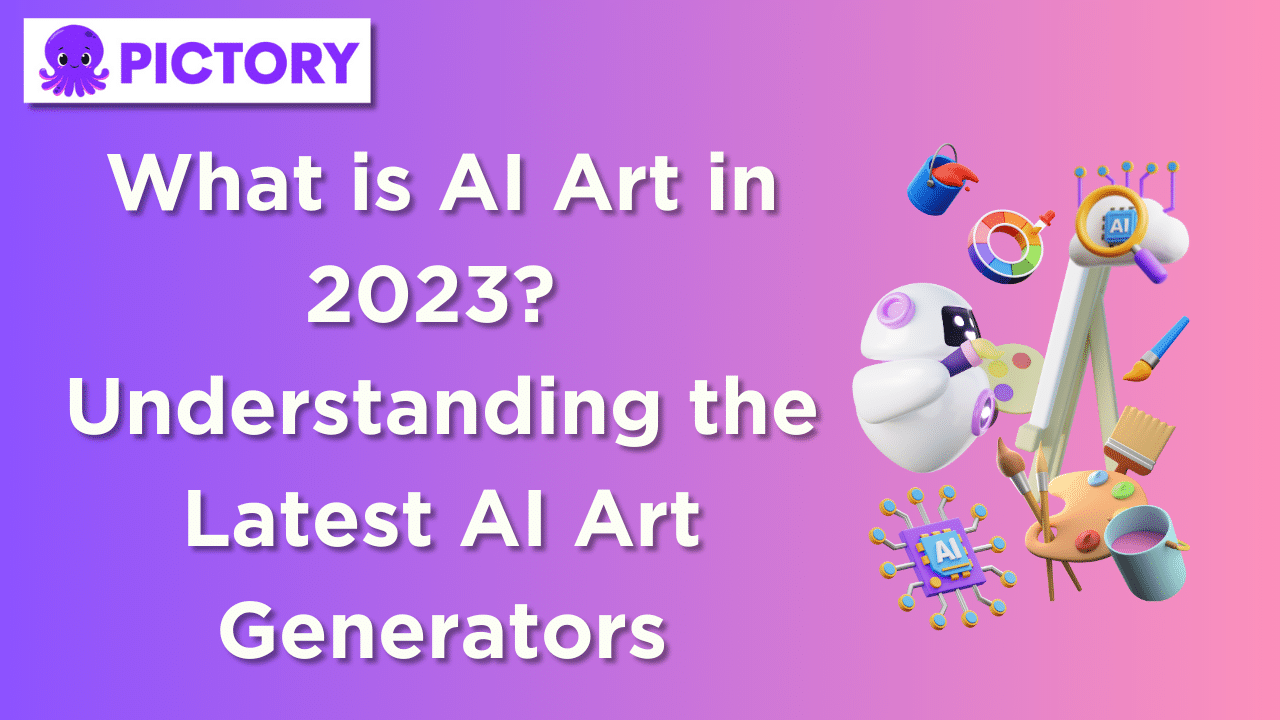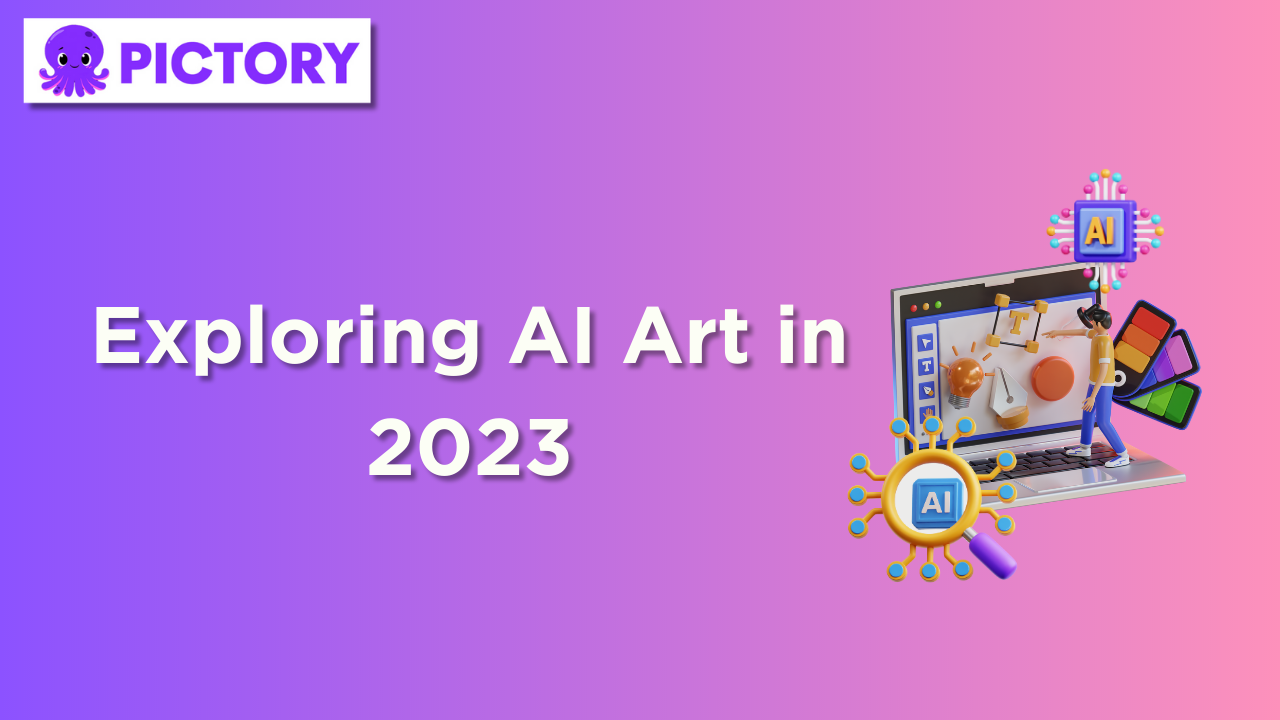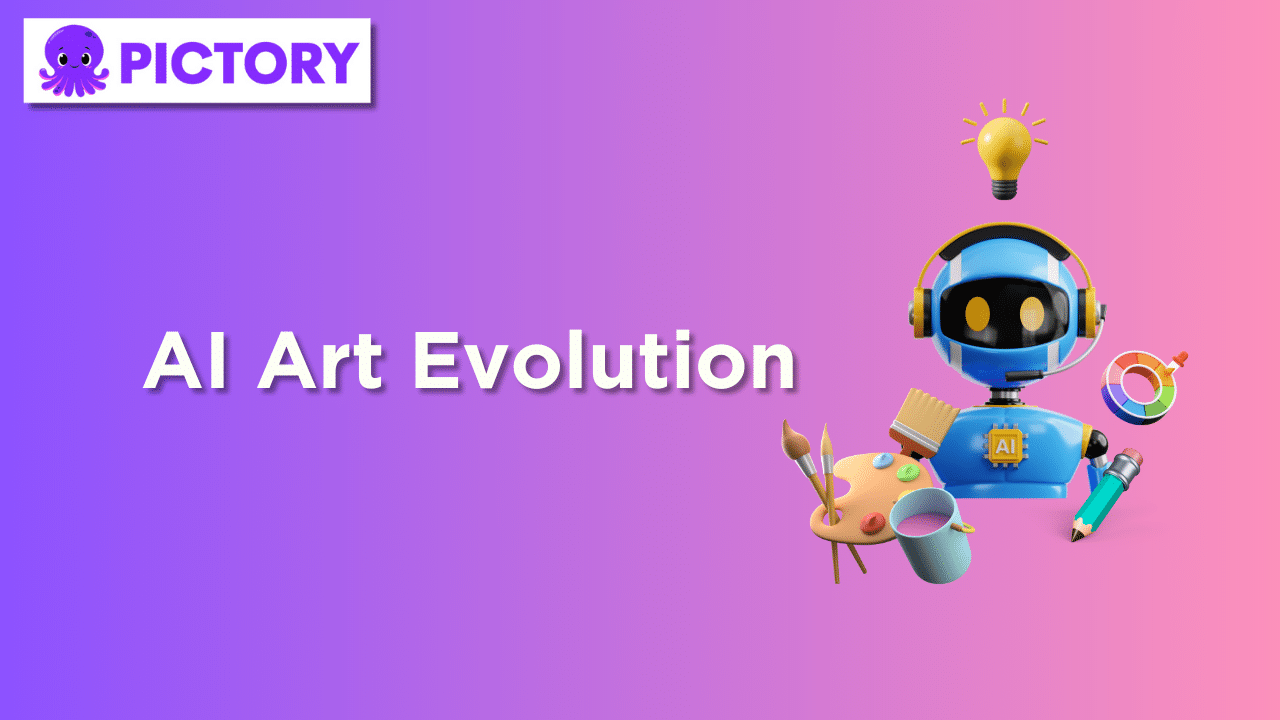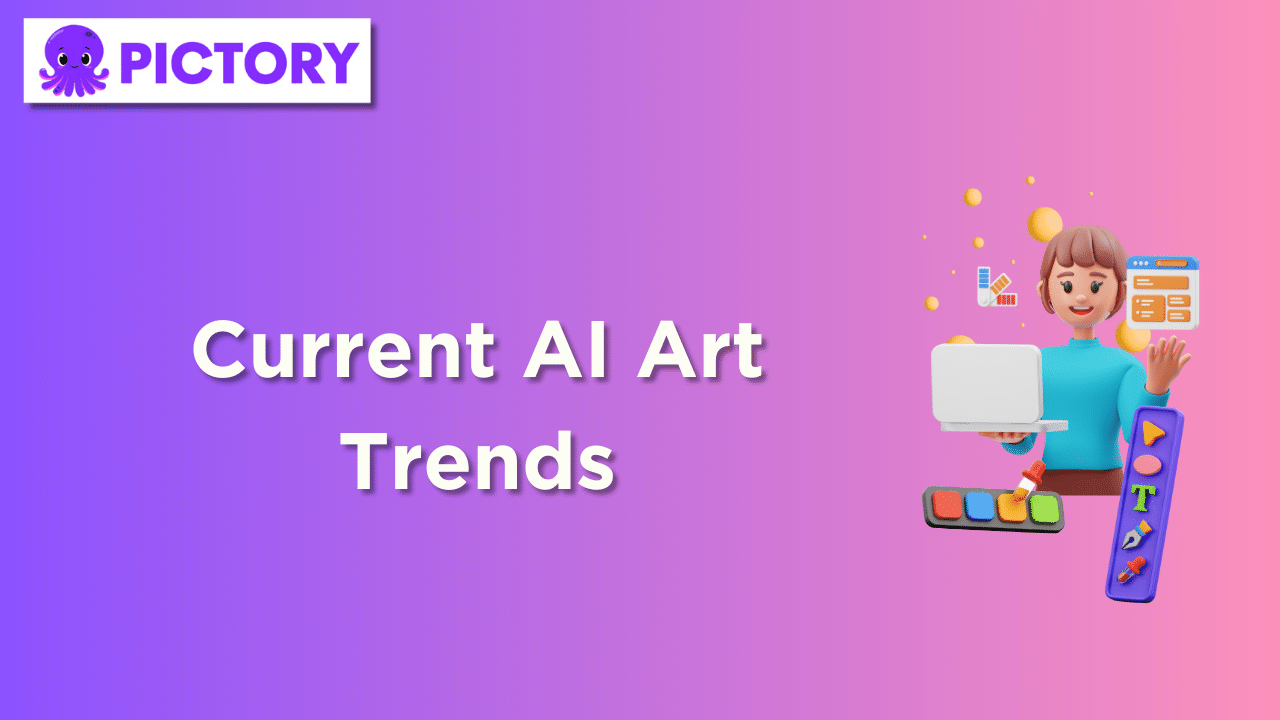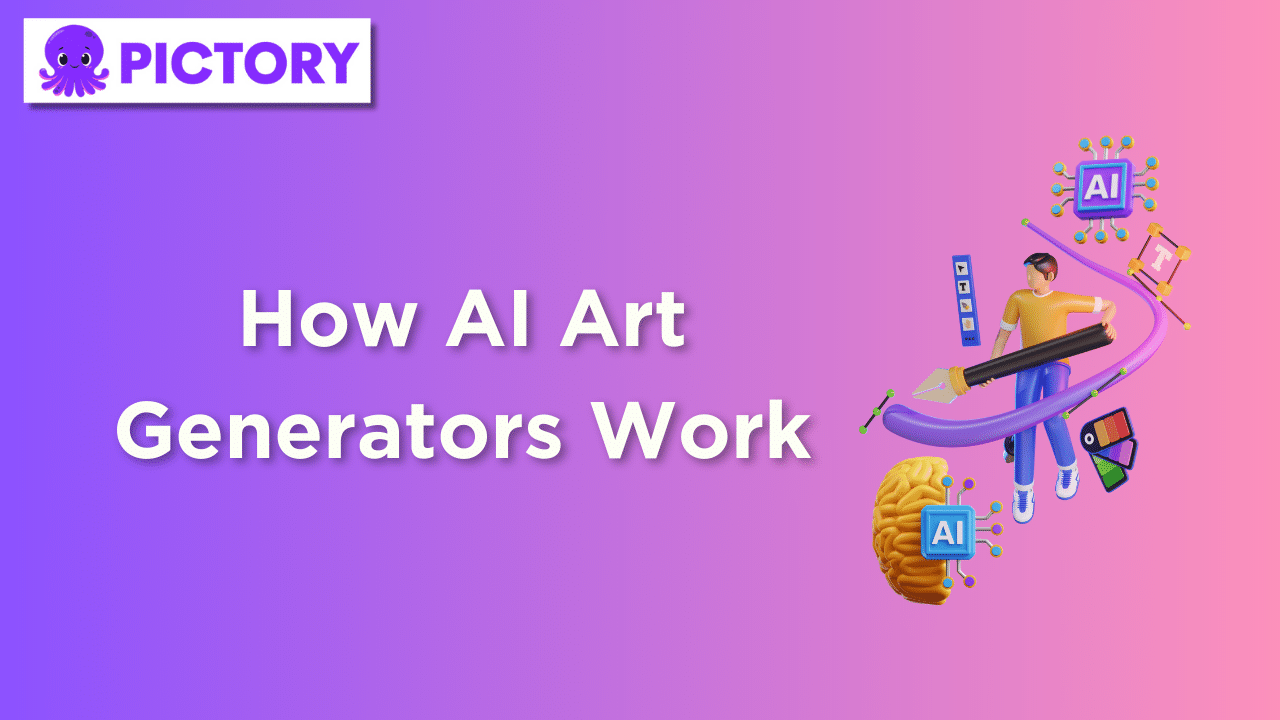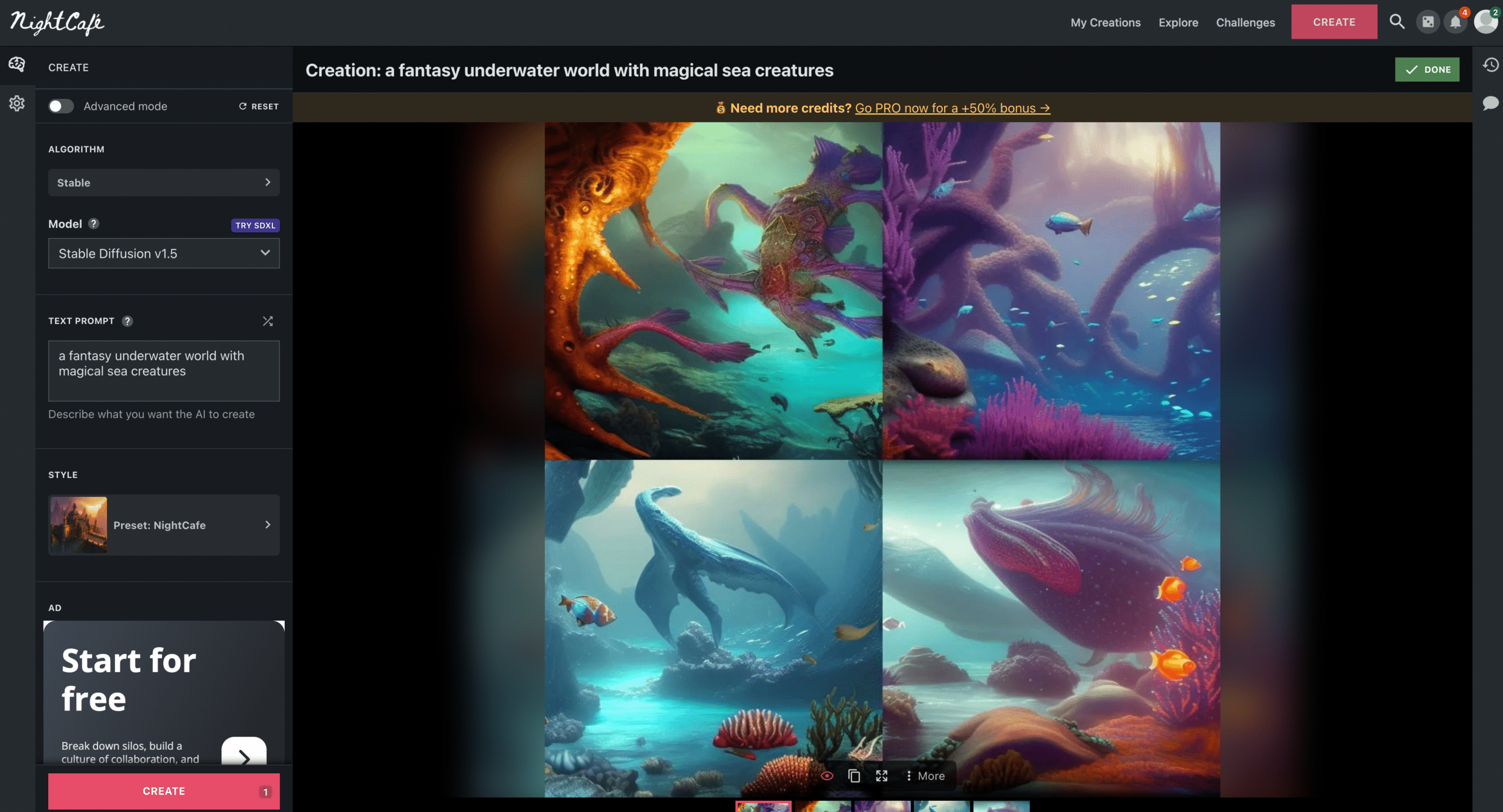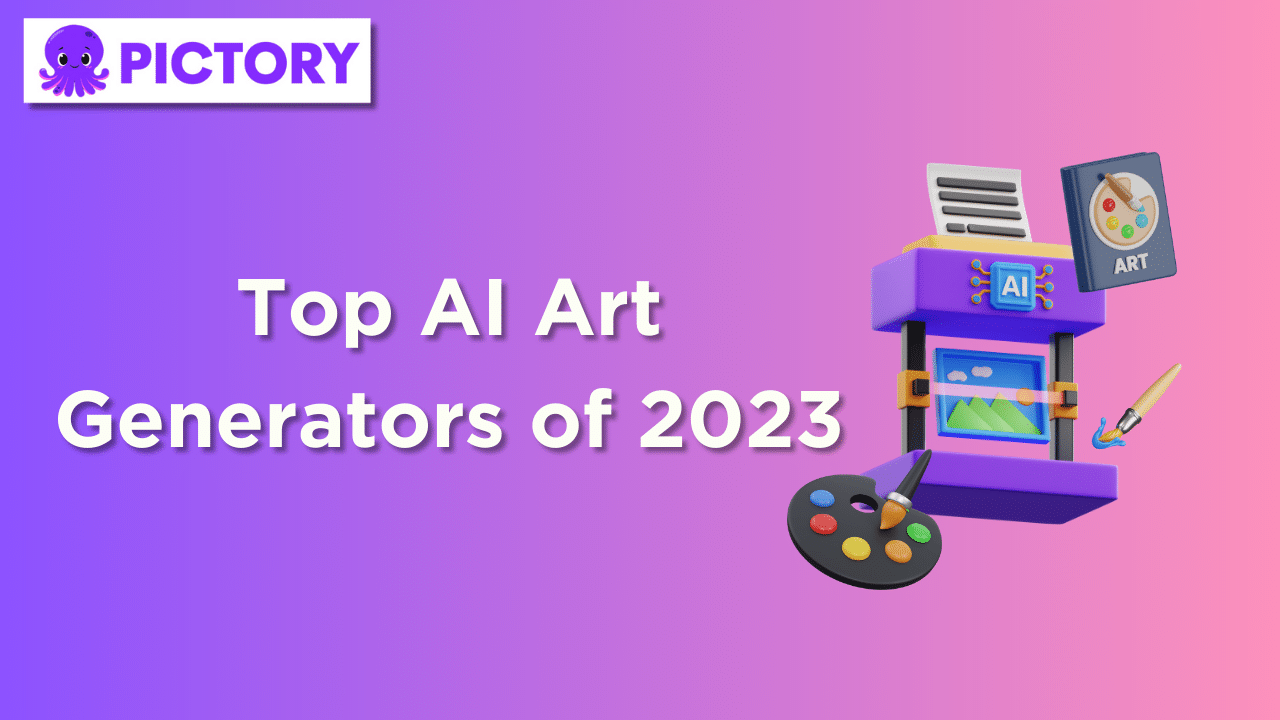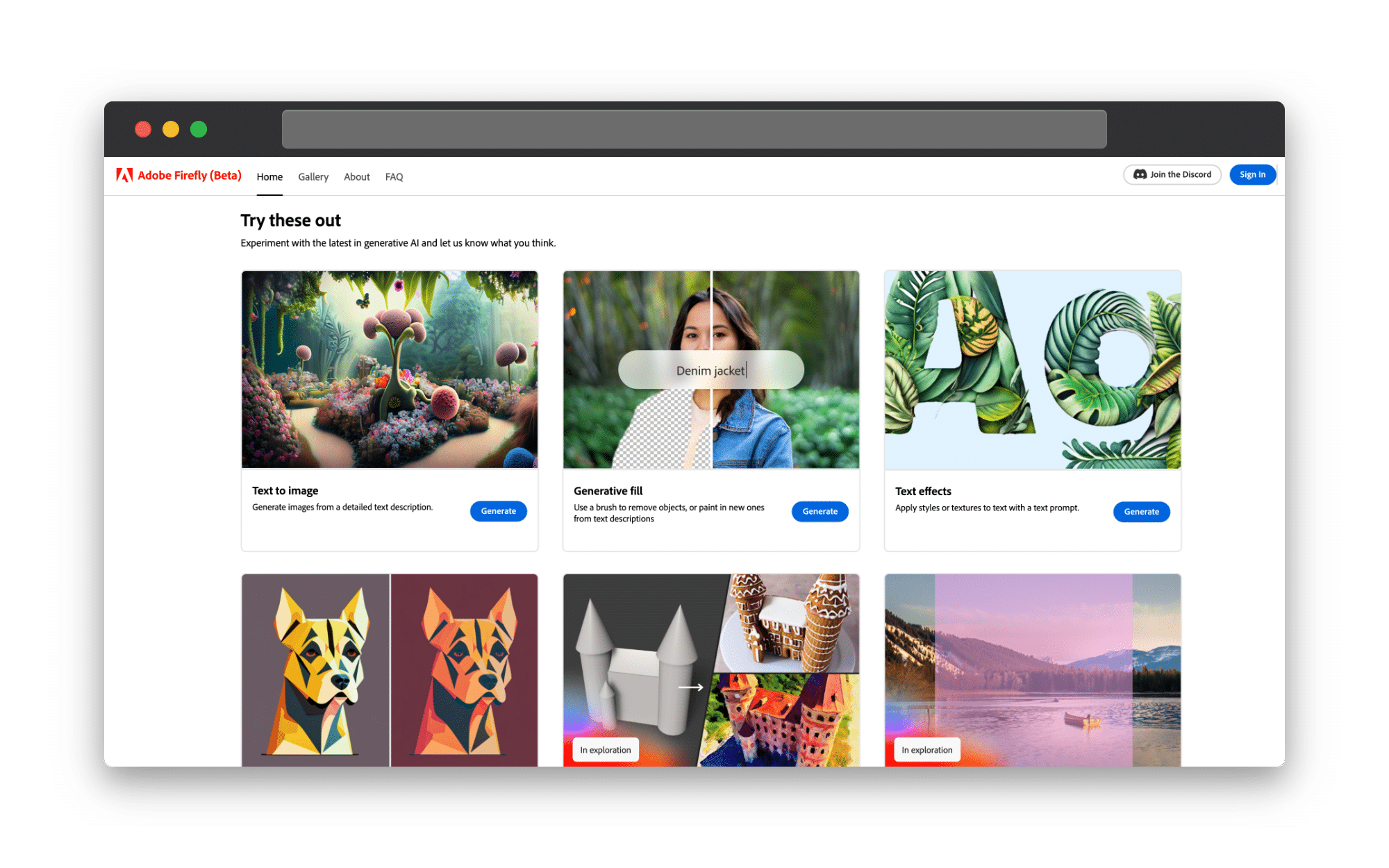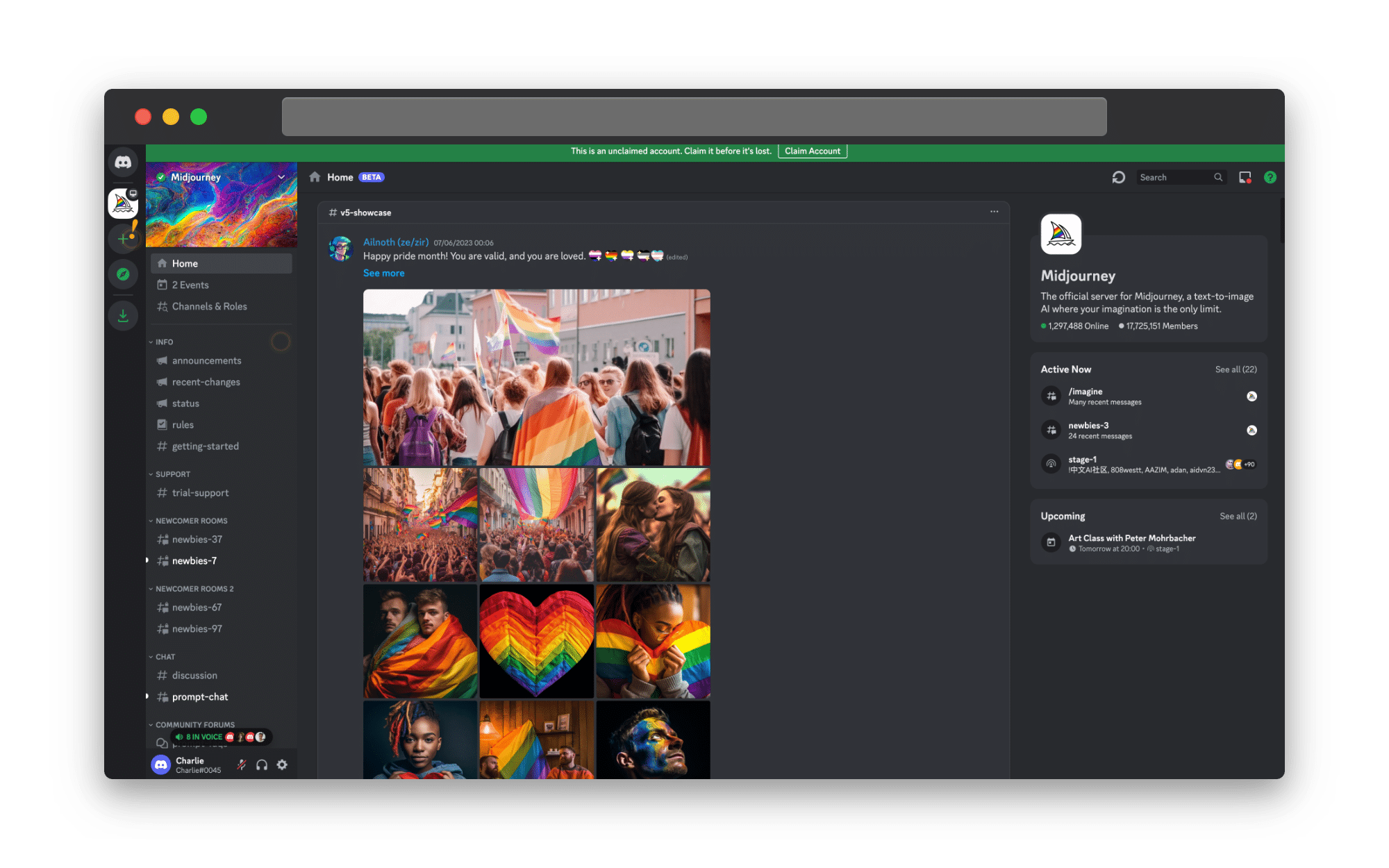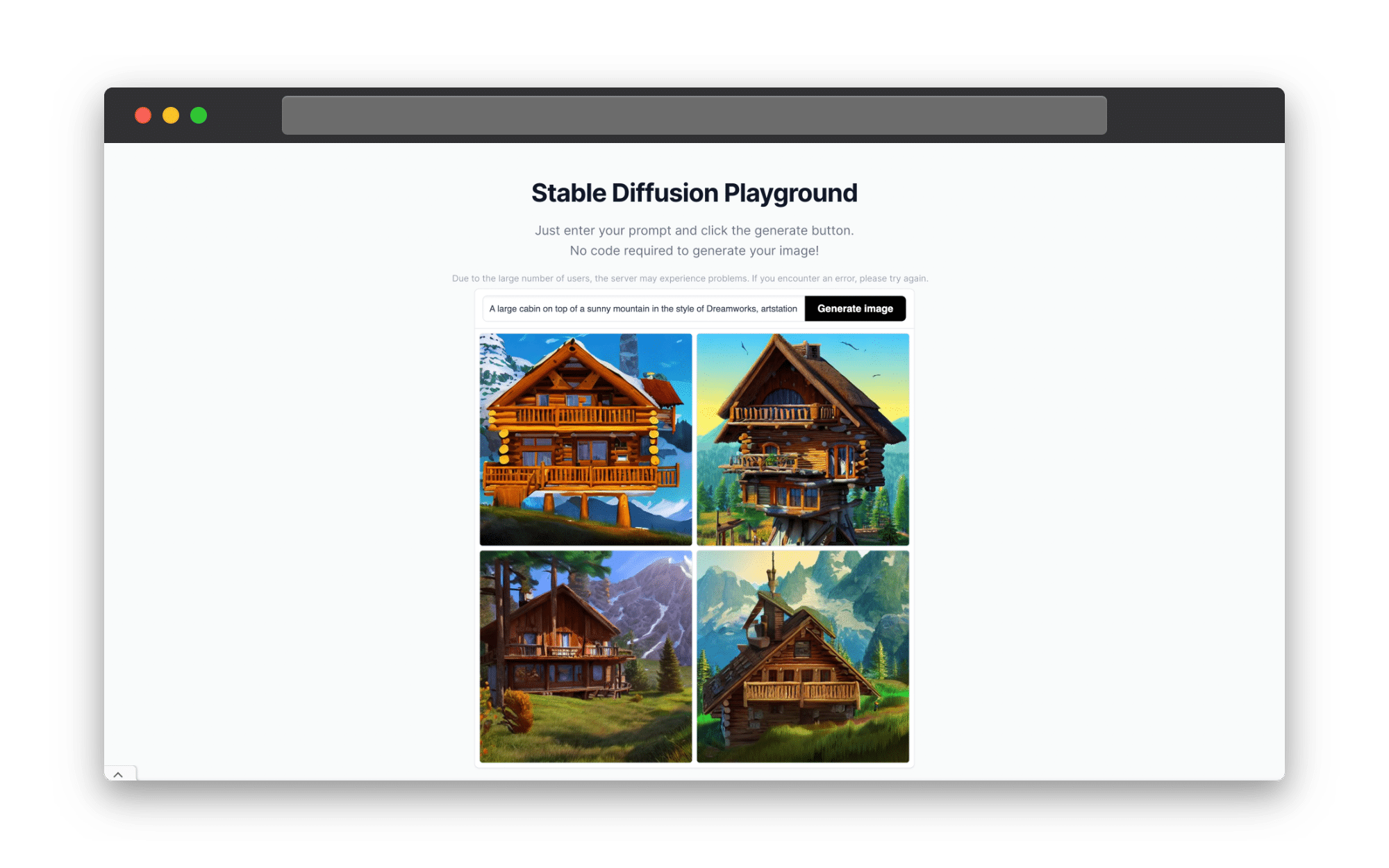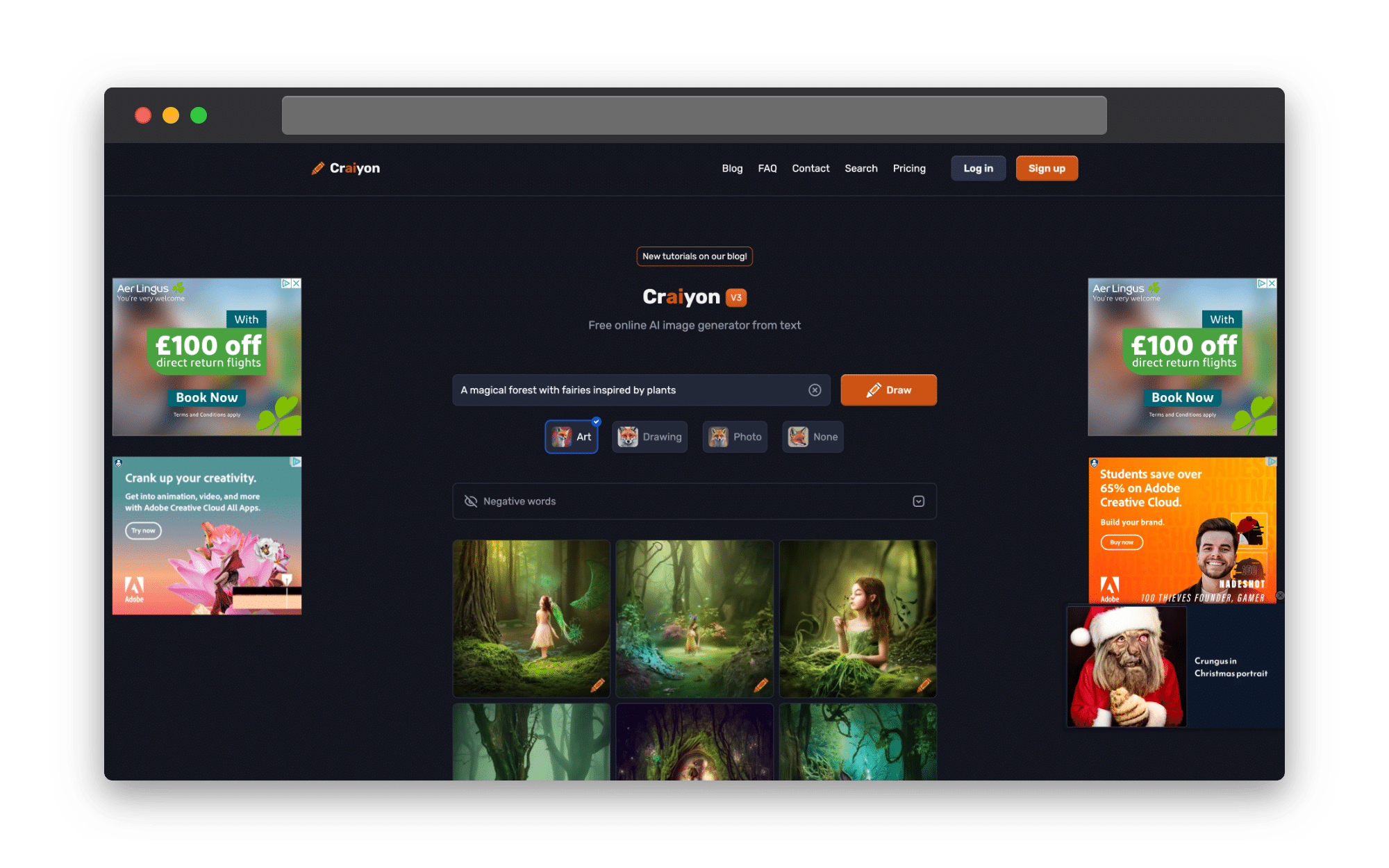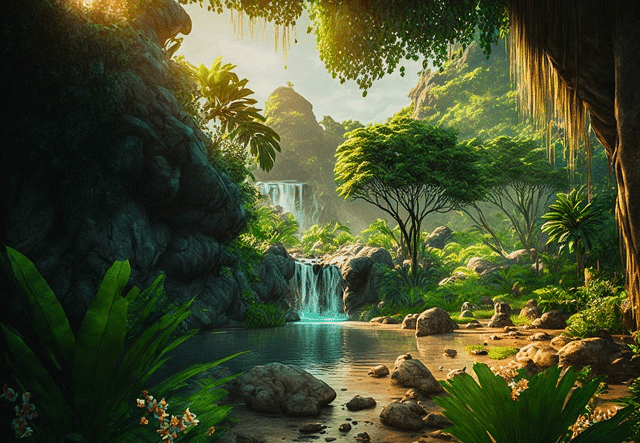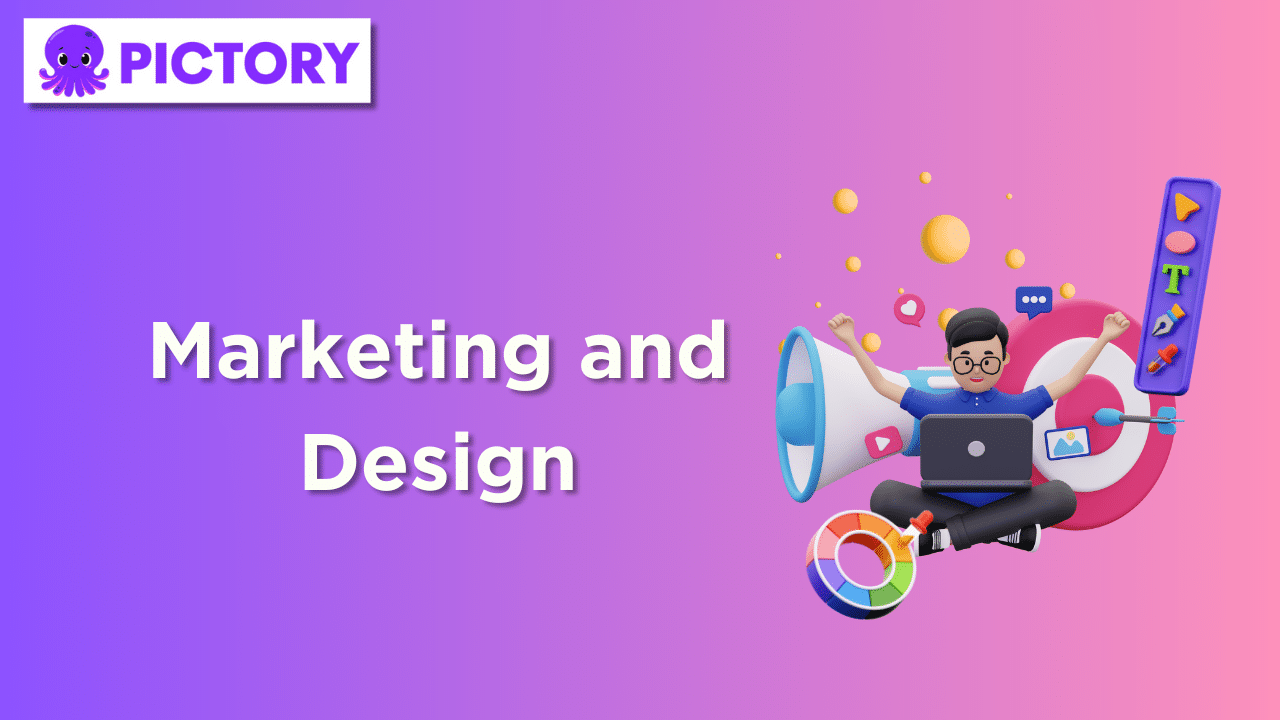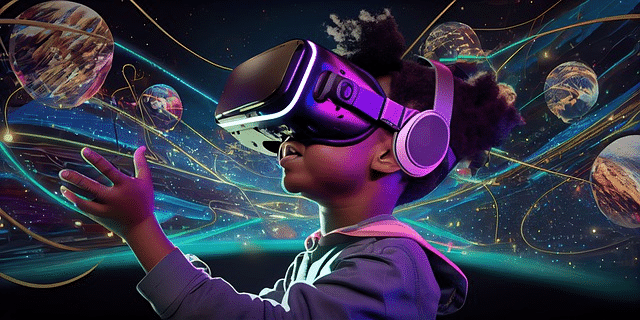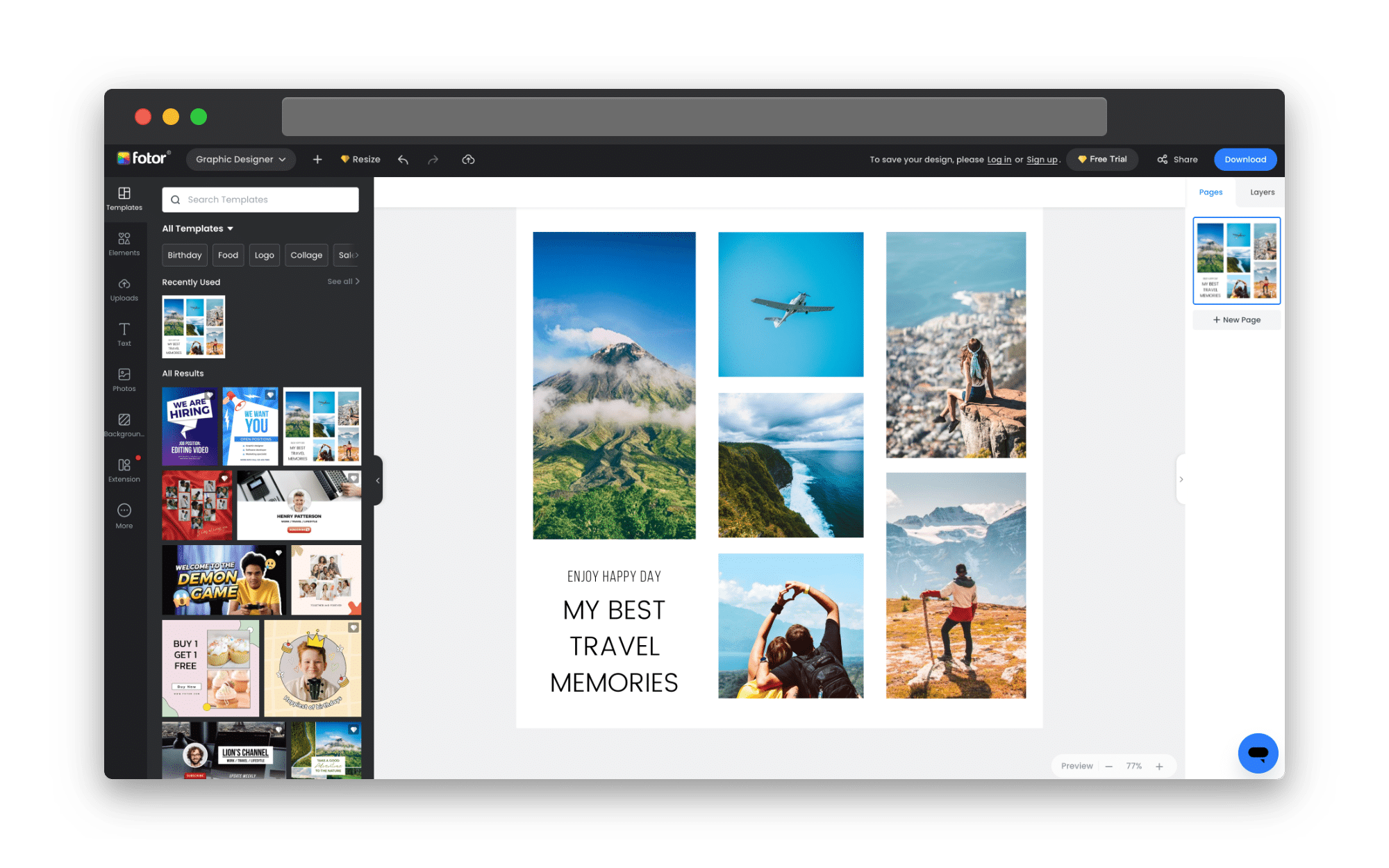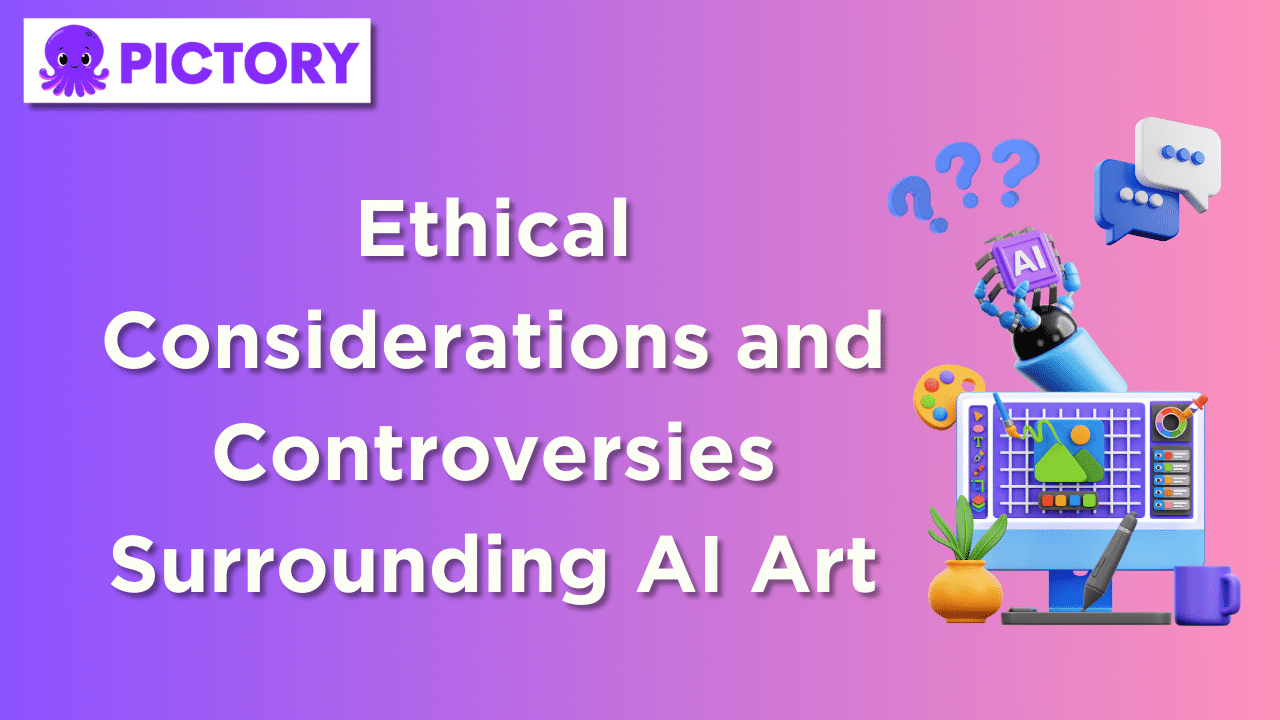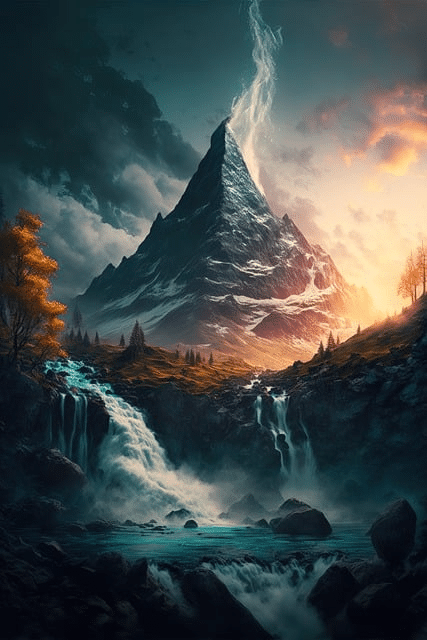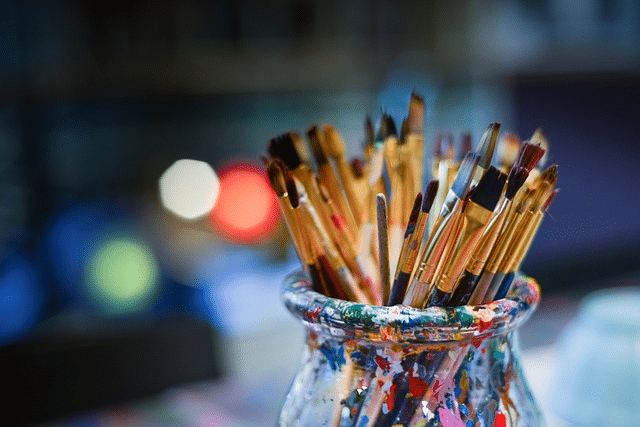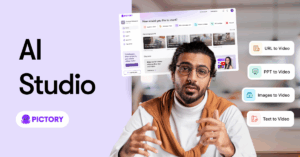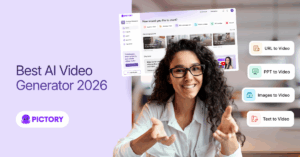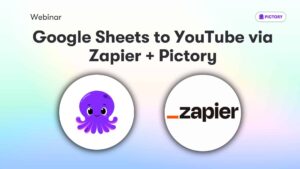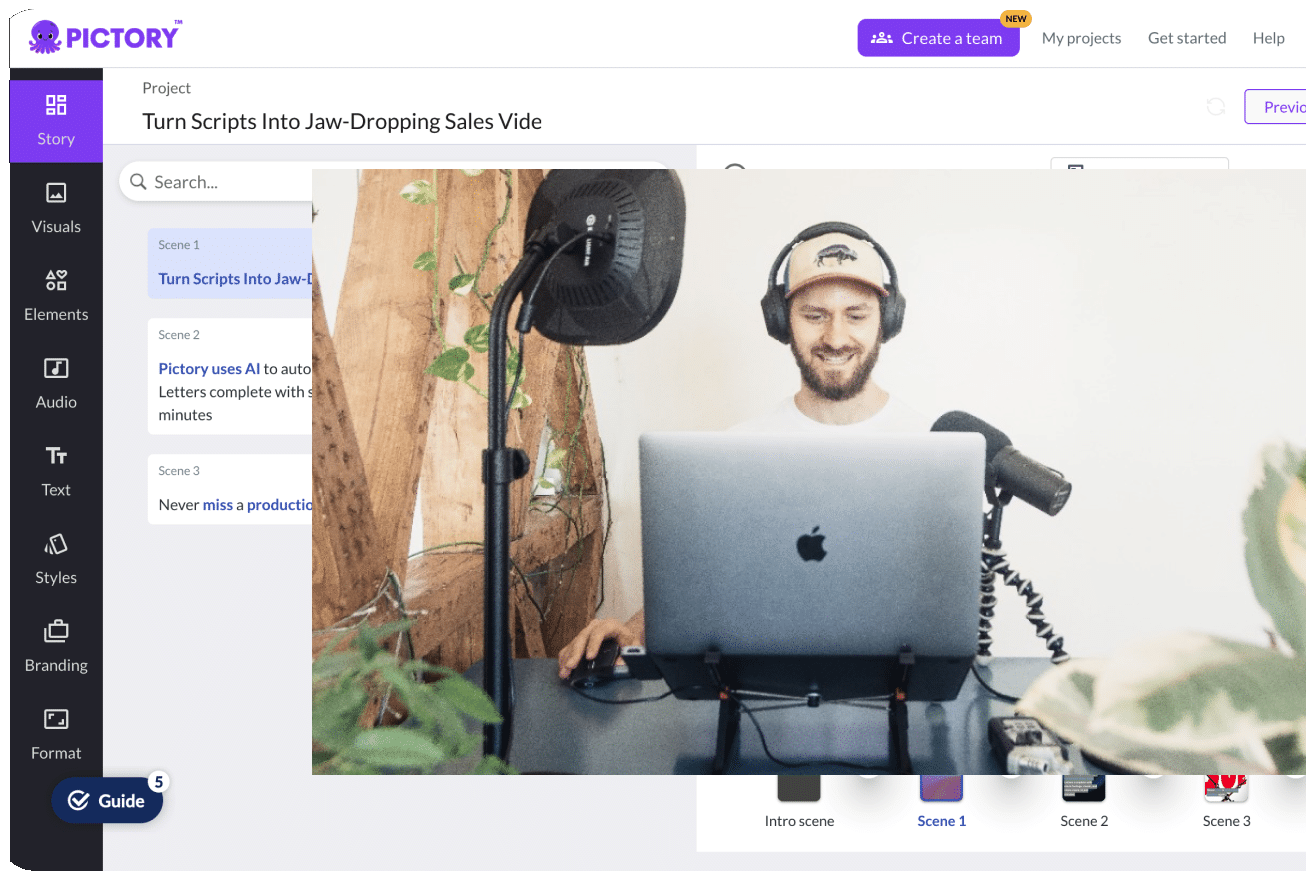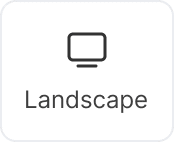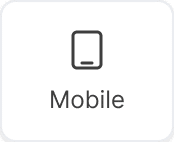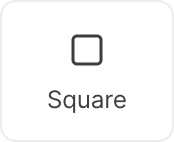Imagine a world where artificial intelligence (AI) not only assists humans but also creates art that rivals human creativity.
This is no longer a distant dream, but a vivid reality in 2023.
“What is AI art?” you might ask.
AI art has come a long way, evolving from simple algorithms to complex machine learning models, giving birth to a new era of artistic expression.
In this journey, we’ll explore the latest AI art generators, their evolution, and the trends shaping the AI art landscape.
Short Summary
-
AI art has quickly become more accessible in 2023, with popular AI art generators leading the way.
-
Machine learning algorithms and image-text pairs are revolutionizing how art is created, offering a range of possibilities for artists and enthusiasts alike.
-
Important ethical considerations such as copyright & ownership issues, authenticity debates, and potential misuse must be addressed to ensure the responsible use of AI Art Generators.
Exploring AI Art in 2023
AI-generated art, or AI art, is any artwork that’s created or improved using AI tools.
Over the years, AI has harnessed machine learning algorithms to modify or improve existing human creations, or even make entirely new AI-generated images.
With more artists and galleries embracing this technology, AI art is gaining traction and becoming increasingly accessible through various online platforms.
From basic algorithms to complex ones such as generative adversarial networks (GANs) and diffusion models, AI art has truly come a long way, resulting in more intricate and detailed artworks.
As AI art continues to evolve, it’s worth exploring the current trends and popular AI art generators that are shaping the digital art landscape in 2023.
AI Art Evolution
The evolution of AI art spans from the early days of Aaron, a robotic artist, to the advanced GANs and diffusion models seen today.
These advancements have made AI art generators more accessible for artists of any skill level, enabling them to create AI art with ease.
Some notable examples of AI art tools include Dall-E and Stable Diffusion, both of which can generate realistic images based on text prompts.
As AI art continues to evolve, so too does the accessibility of AI art tools.
No longer limited to experienced artists or programmers, these tools are now available on various online platforms, allowing anyone to create AI-generated art with relative ease.
From digital art enthusiasts to professional designers, AI art generators have become an indispensable resource for those looking to harness the power of artificial intelligence in their creative pursuits.
Current AI Art Trends
AI art is experiencing a surge in popularity, with numerous trends taking center stage in 2023.
One such trend is Magic Avatars, an AI-powered avatar generator that creates realistic 3D avatars from a single photo using GANs.
Another fascinating development is the AI Time Machine, a tool that generates images of people from different time periods through a blend of GANs and diffusion models.
Text-generating apps with image generators are also making waves in the AI art scene.
These AI-powered tools use natural language processing (NLP) and image-text pairs to generate images from text.
Palette, for instance, combines NLP and image-text pairs to create images based on text prompts.
It’s evident that these trends are pushing the boundaries of AI art, as creators explore new ways to harness the power of artificial intelligence in their work.
How AI Art Generators Work
AI art generators employ machine learning algorithms and a vast collection of image-text pairs to generate images from input prompts, making AI image generation a fascinating field.
These algorithms can either use diffusion models or GANs, depending on the desired output and level of detail.
AI art generators are open-source, while others use their own data to train open-source models, thus offering a wide range of possibilities for artists and enthusiasts alike.
Diffusion models are known for generating more eccentric images, while GANs typically produce more realistic results.
Depending on the specific use case, artists can choose between these two types of models to create the desired artwork.
Regardless of the model, AI art generators have paved the way for a new era of digital art, where human creativity is complemented and enhanced by the incredible capabilities of artificial intelligence.
Machine Learning and Image-Text Pairs
The top AI art generators of 2023 include Adobe Firefly, Midjourney, Stable Diffusion, Craiyon, and NightCafe.
These generators cater to various artistic needs and preferences, offering diverse features and benefits to users.
For instance, Adobe Firefly is a beta-testing art generator that integrates with Photoshop, making it an ideal choice for those already familiar with Adobe’s suite of applications.
On the other hand, Midjourney, a Discord bot, offers a unique experience by generating images based on clear, concise sentences that depict the desired end result.
By leveraging a combination of machine learning algorithms and image-text pairs, these AI art generators have revolutionized the way art is created, pushing the boundaries of human creativity and artistic expression.
GANs vs. Diffusion Models
AI art generators find their applications in various industries, including marketing and design, entertainment and gaming, and personal art projects.
These versatile tools allow creators to experiment with different styles and techniques, pushing the boundaries of what’s possible in the realm of digital art.
AI art generators are becoming increasingly popular as they offer a wide range of possibilities for creators.
They can be used to create unique and eye-catching images, as well as to explore new artistic styles and techniques.
Top AI Art Generators of 2023
Ethical considerations and controversies surrounding AI art include copyright and ownership, authenticity and real vs. fake, potential misuse, and impact on creative jobs.
As AI-generated artwork gains popularity, it is crucial to examine these ethical concerns and address them accordingly.
In the realm of copyright and ownership, issues arise when determining who has the rights to an AI-generated artwork.
For example, the US Copyright Office states that AI-generated works cannot be copyrighted since they lack human authorship.
This lack of copyright protection leaves the rights of artists vulnerable and may result in the unauthorized use or distribution of their work.
Furthermore, as AI-generated artwork becomes more widespread, questions about authenticity and the distinction between real and fake art become increasingly relevant.
This, in turn, raises concerns about the potential misuse of AI art and its impact on creative jobs.
Adobe Firefly
Adobe Firefly is an AI art generator currently in beta testing that offers seamless integration with Photoshop.
It provides users with a range of features, such as text-to-vector, text-to-pattern, and text-to-template, making it a versatile and powerful tool for artists and designers alike.
As part of Adobe Creative Cloud, Firefly is also browser-based, ensuring easy access for users.
Midjourney
Midjourney is an AI image generator available on Discord, offering a unique experience for users.
By using clear, concise sentences as input, Midjourney generates images depicting the desired end result.
In addition to its core features, the platform allows users to download their initial image, resize it, or even create variations of the artwork.
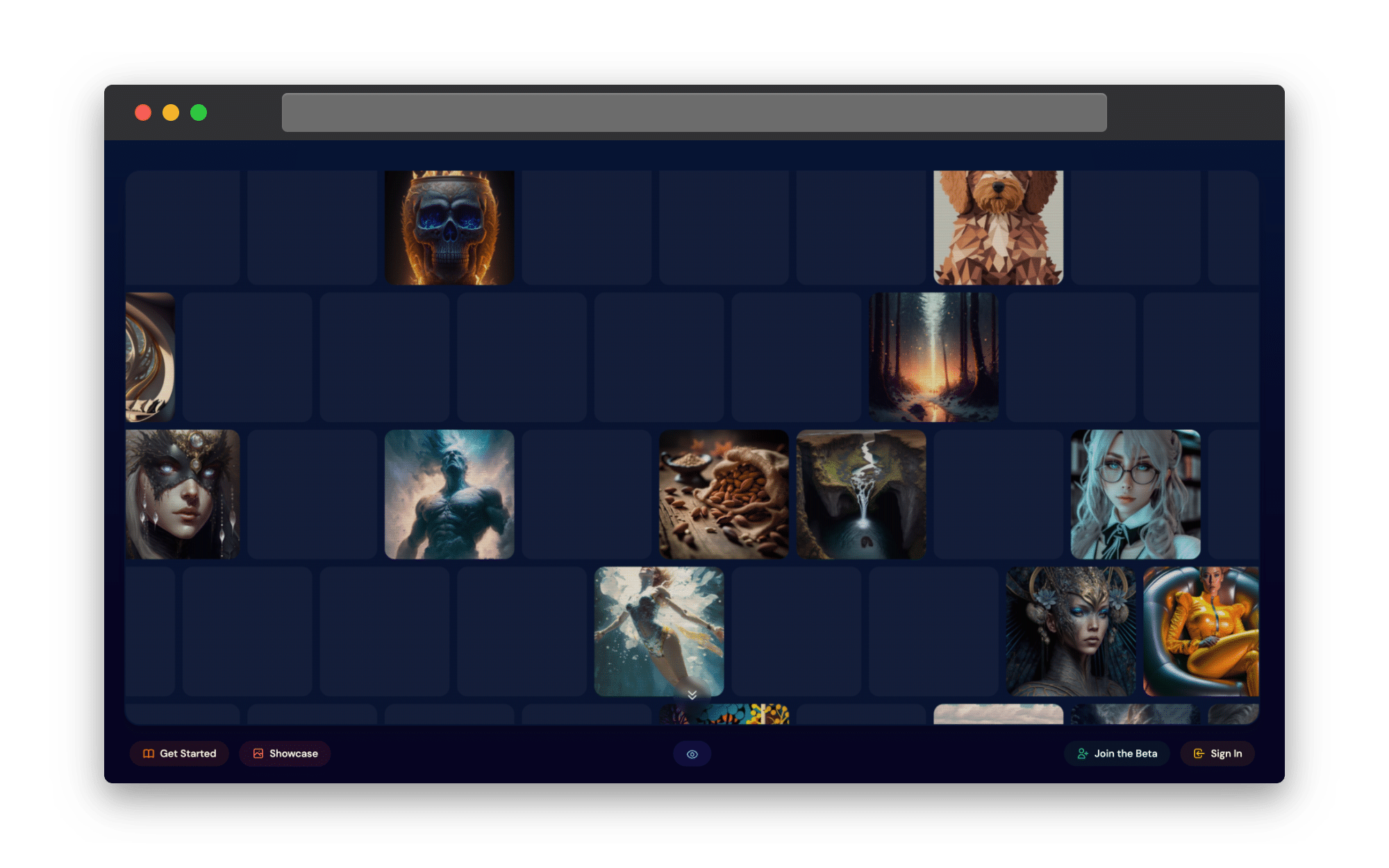
While the platform offers free access, subscription options are also available starting at $8 per month.
Stable Diffusion
Stable Diffusion is a powerful deep-learning model that uses diffusion processes to create stunning artwork from input images.
As an AI image generator, Stable Diffusion is versatile and can generate a wide range of styles, making it an ideal choice for artists seeking more flexibility and accuracy in their creations.
Its impressive capabilities make it a popular choice for various applications, from marketing and design to entertainment and gaming, as well as personal art projects.
Craiyon
Craiyon, formerly known as DALL-E mini, is an AI model that generates images from text prompts.
Developed by Craiyon LLC, this AI art generator is available as a browser-based and Android app, with both free and subscription options starting at $5 per month.
With its user-friendly interface and versatile image generation capabilities, Craiyon is an excellent tool for artists and enthusiasts looking to explore the world of AI-generated art and create realistic images.
Applications and Use Cases of AI Art Generators
AI art generators find numerous applications across various industries.
In marketing and design, AI-generated visuals offer a cost-effective and efficient solution for creating eye-catching graphics, logos, and promotional materials.
Tools such as Jasper Art, which creates digital imagery from text and offers preset templates for specific art styles, are particularly useful for marketing teams and business professionals.
In the entertainment and gaming industry, AI art generators play a crucial role in creating unique and visually stunning graphics, animations, characters, and environments for video games.
AI-generated characters, also known as “deep fakes”, have even found their way into movies, creating realistic characters and special effects.
For personal art projects, AI art generators offer endless possibilities for creative expression.
Platforms like Fotor AI Art Generator allow users to upload images or use simple text prompts to create their artwork, while Bing Image Creator offers a free AI art generator and easy-to-use tool for generating images based on user input.
These AI-powered tools enable artists and enthusiasts alike to experiment with various styles and techniques, pushing the boundaries of human creativity and artistic expression.
Marketing and Design
In the realm of marketing and design, AI art generators have become an invaluable resource.
With the ability to create visuals tailored to the needs of businesses, these AI tools offer a cost-effective and efficient alternative to traditional art creation methods.
For instance, AI-generated logos and promotional materials can be created quickly and easily, allowing marketing teams to focus on other aspects of their campaigns.
Additionally, AI art generators offer a level of customization not easily achievable through human-created designs.
By harnessing the power of AI algorithms, these tools can generate artwork that is more tailored to individual preferences, resulting in more effective and personalized marketing materials.
This level of customization is particularly valuable in today’s competitive business landscape, where standing out from the crowd is crucial for success.
Entertainment and Gaming
AI art generators have found a significant place in the world of entertainment and gaming.
These tools offer game developers the ability to create unique characters and environments, as well as generate visually stunning graphics and animations.
By automating and streamlining the art creation process, AI art generators enable developers to focus on other aspects of game development, resulting in more immersive and engaging gaming experiences.
Moreover, AI-generated characters, also known as “deep fakes”, are being used in movies to create realistic characters and special effects.
These AI-generated characters offer filmmakers the opportunity to push the boundaries of storytelling and visual effects, resulting in a new era of cinematic experiences.
As AI art generators continue to evolve, their applications in entertainment and gaming are only expected to grow, transforming the way we experience movies and video games.
Personal Art Projects
For personal art projects, AI art generators open up a world of creative possibilities.
These tools enable artists to experiment with different styles and techniques, pushing the boundaries of human creativity and artistic expression.
Platforms like Fotor AI Art Generator allow users to upload images or use simple text prompts to create their artwork. Bing Image Creator, on the other hand, offers a free and easy-to-use tool for generating images based on user input.
With the increasing accessibility of AI art generators, artists and enthusiasts can explore new forms of creative expression and challenge the traditional notions of art.
By harnessing the power of artificial intelligence, these tools have the potential to revolutionize the way we approach personal art projects, offering new and exciting opportunities to create art through creative exploration.
Ethical Considerations and Controversies Surrounding AI Art
As AI-generated artwork gains popularity, it is crucial to examine the ethical considerations and controversies surrounding this new form of artistic expression.
Copyright and ownership issues arise when determining who has the rights to an AI-generated artwork.
For example, the US Copyright Office states that AI-generated works cannot be copyrighted since they lack human authorship.
This lack of copyright protection leaves the rights of artists vulnerable and may result in the unauthorized use or distribution of their work.
The debate surrounding the authenticity of AI art is a contentious issue in the art world.
Some argue that AI art lacks originality and emotional depth, while others believe it has the potential to create new forms, styles, and aesthetics that humans cannot achieve on their own.
Furthermore, potential misuse of AI art, such as the creation of violent or abusive images, and its impact on creative jobs, pose significant concerns for the future of this burgeoning field.
Copyright and Ownership
The copyright and ownership issues surrounding AI art have sparked much debate in the art world.
The US Copyright Office’s stance that AI-generated works cannot be copyrighted due to their lack of human authorship leaves artists in a precarious position.
This lack of protection may lead to the unauthorized use or distribution of AI-generated artwork, undermining the rights of artists and potentially devaluing their creative expression.
Authenticity and Real vs. Fake
The authenticity of AI art remains a contentious issue, with some questioning its originality and emotional depth.
Critics argue that AI-generated art is merely a copy of existing art, lacking the unique and emotive qualities of human-created works.
On the other hand, proponents of AI art believe that it has the potential to create new forms, styles, and aesthetics that humans cannot achieve on their own.
As AI art continues to evolve and gain popularity, the debate surrounding its authenticity will likely persist, posing fascinating questions about the nature of art and human creativity.
Potential Misuse and Impact on Creative Jobs
The potential misuse of AI art, such as the creation of violent or abusive images, raises significant concerns about the ethical implications of this technology.
Additionally, the growing popularity of AI-generated artwork could lead to a decrease in demand for human-generated imagery, potentially impacting creative jobs in the art industry.
As AI art continues to gain traction, it is crucial for artists, policymakers, and society as a whole to address these ethical considerations and ensure the responsible use of AI art generators.
Summary
AI art has come a long way, evolving from simple algorithms to cutting-edge machine-learning models that have transformed the landscape of digital art.
As AI art generators continue to gain popularity, they offer artists and enthusiasts new opportunities for creative expression and innovation.
However, the ethical considerations and controversies surrounding AI art must be addressed to ensure its responsible use and protect the rights of artists.
As we embrace the potential of AI art, it is crucial to navigate these challenges and work towards a future where technology and human creativity harmoniously coexist.
Frequently Asked Questions
What is AI art for?
AI art is any artwork created through the use of artificial intelligence (AI) programs.
AI art allows for more creative and expressive possibilities than traditional methods, providing new opportunities for artists to explore their creativity.
AI art can be created in a variety of ways, from using algorithms to generate images to using AI to manipulate existing artwork.
AI art can also be used to create interactive art.
What to expect from AI in 2023?
2023 is set to be an exciting year for AI, with expected breakthroughs in its use for medical diagnostics and forecasting weather patterns.
In 2023, we can expect AI to make even further advances, from greater autonomy and improved accuracy to increased human-machine interaction and more affordable implementations of AI technology.
By this time, AI should be an integral part of many industries, leading to faster innovation and more efficient operations.
What is that new AI art generator?
Wow! It looks like there are tons of amazing AI art generators out there now.
The top AI art generators of 2023 include Adobe Firefly, Midjourney, Stable Diffusion, Craiyon, NightCafe, and Fotor AI Art Generator.
These generators cater to various artistic needs and preferences, offering diverse features and benefits to users.
From algorithmic paintings to generative art, these new tools let you create beautiful and unique artwork with the help of artificial intelligence.
It’s incredible how quickly this technology is evolving!
How will AI art be used in the future?
AI art is an exciting development that has the potential to revolutionize the world of art.
In the future, it can be used to create innovative works of art, bring new perspectives to existing styles of art, and allow us to explore new ideas and concepts through AI-generated art.
As such, AI art has tremendous potential for use in the creative world.
What is AI art?
AI art is a creative form of expression that draws on modern artificial intelligence technology to explore the possibilities for new and unique artworks.
It blurs the line between art created by machines and art created by humans, often exploring surprising results.
AI art is a relatively new form of art, and it has the potential to revolutionize the way we think about art and creativity.
If you found this article interesting and you have more questions, why not read How Will AI Revolutionize Video Creation?
And sign up for a FREE Pictory account to see AI video content creation in action!

